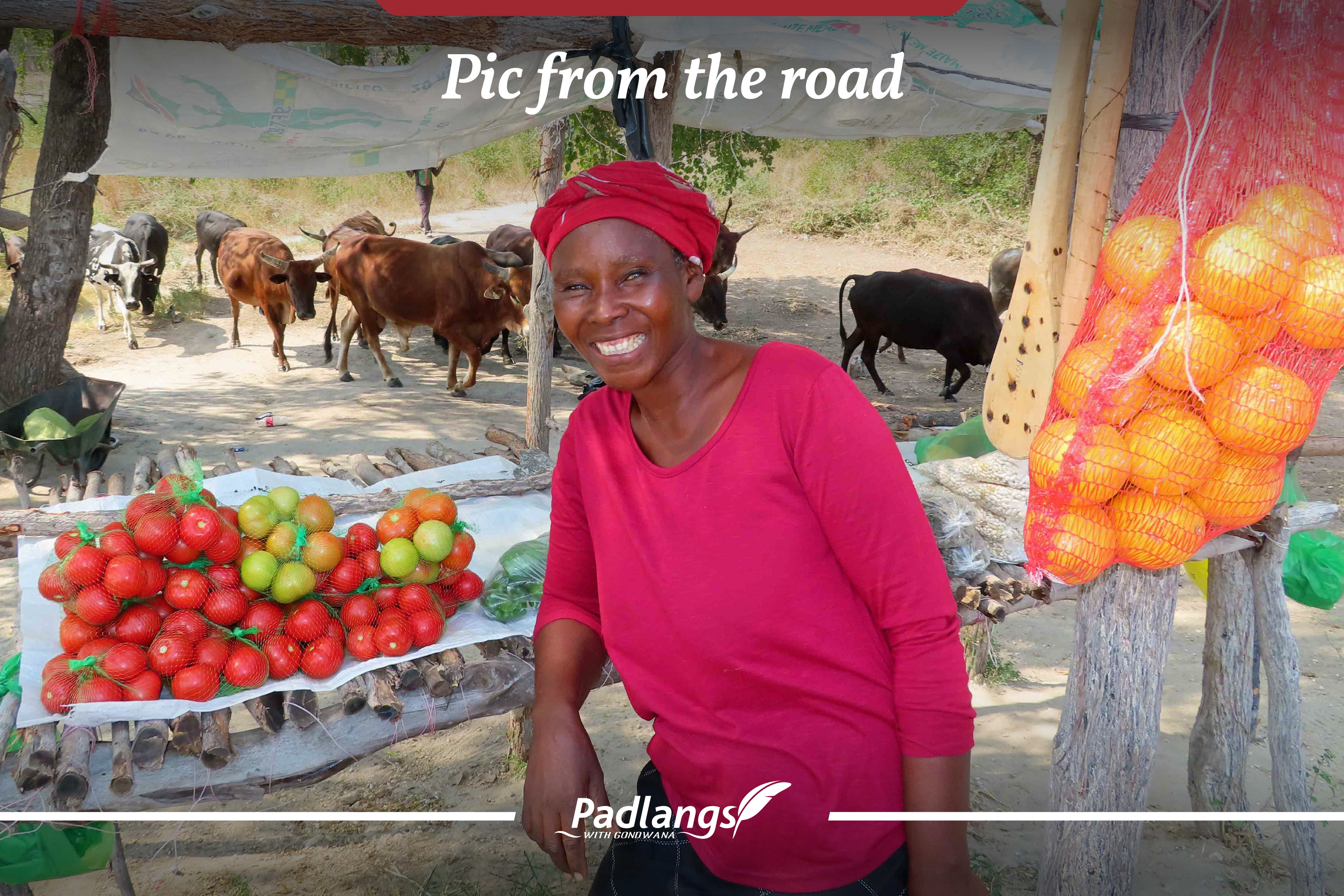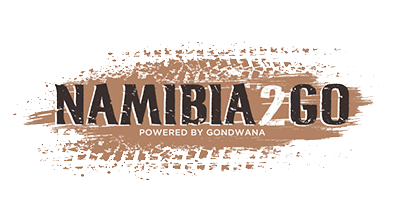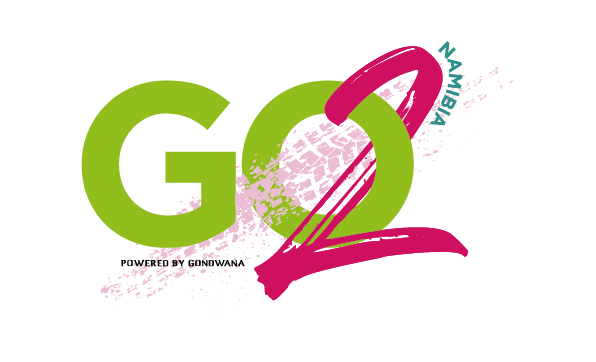Although this may look like a photo of how many people you can fit onto an ox-wagon, it is a formal photograph taken in Stampriet early last century.
It was found in a box of old photos and albums that was given to me by someone who had researched the early Afrikaner history in the area and it caught my attention. Everyone is dressed in their finery, with hats and vellies, even the children. Zooming in, we can see a beautiful woman in the centre, a cool-cat with a cigarette in his mouth to the left, a man who appears to be wearing a kappie left-back, a boere tannie to the right and we can even see centre-front that the man’s shoes were fortified with leather strips for extra traction, but none of the detail gives us any idea of what the gathering was for. Was it for Sunday church or a town meeting? If you have any ideas, please share them with us.
The ox-wagon played a large role in the history of the Afrikaners, as it did in the history of southern Africa as the main means of transport before the arrival of the automobile. It is fitting that it has taken centre stage in this photo, as if honouring the ox-wagon.
Stampriet, with its artesian water, was an agricultural centre at the time, growing produce for the rest of the country. This group’s forefathers most probably travelled from South Africa by ox-wagon in the early days and were drawn to the area. In more recent times Stampriet drew the Gondwana Collection who purchased an old farmstead set in an oasis of a garden, surrounded by palm trees, and opened the Kalahari Farmhouse. It has become a charming stopover for those travelling past Mariental on the way to or from Windhoek, and those travelling from the Kgalagadi.
You might also like
Copyright 2025. All Rights Reserved by Padlangs, Gondwana Collection Namibia


.jpg)
.jpg)





.png)

SUBMIT YOUR COMMENT